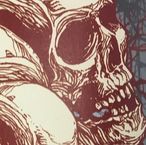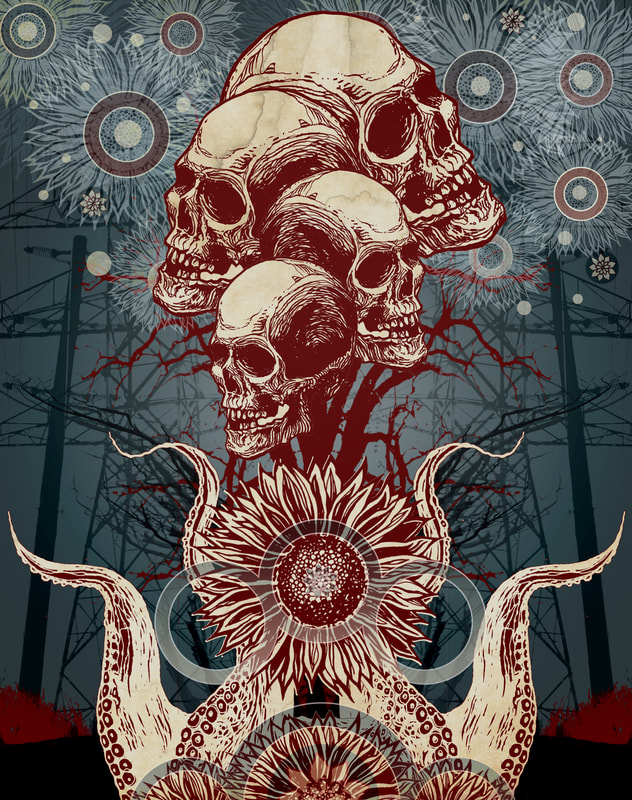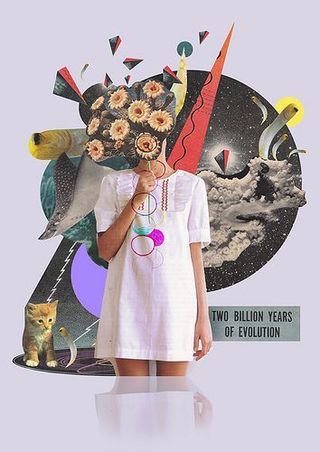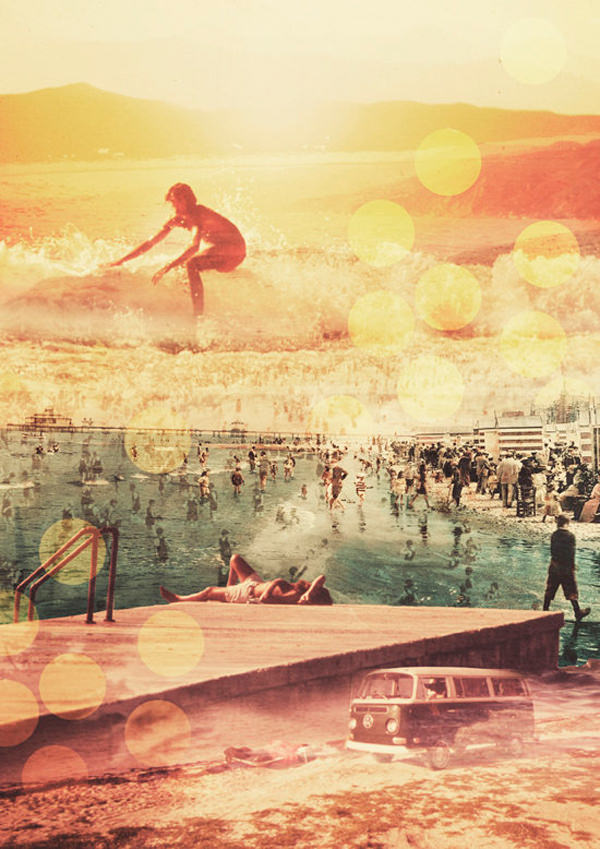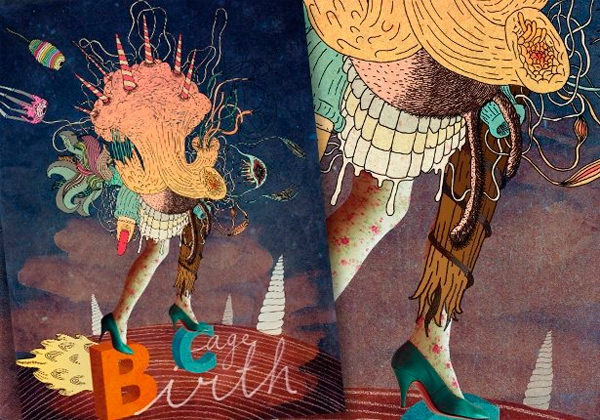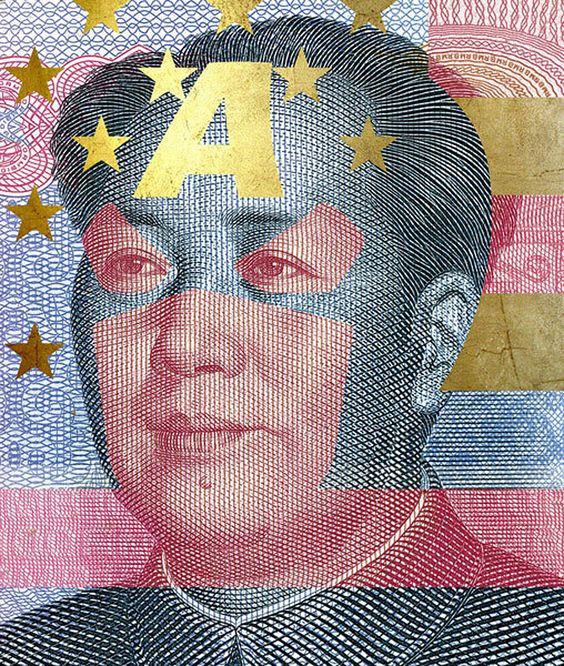0.5 SUMMATIVE ASSIGNMENT
THE IMAGE BELOW IS WHAT YOU ARE SHOOTING FOR
PART ONE |
PART TWO |
PART THREE |
PART FOUR |
|
|
|
|
|
1.0 SUMMATIVE // Surrealist Photoshop Collage
The Surrealists sought to channel the unconscious as a means to unlock the power of the imagination. Disdaining rationalism and literary realism, and powerfully influenced by psychoanalysis, the Surrealists believed the rational mind repressed the power of the imagination, weighting it down with taboos. Influenced also by Karl Marx, they hoped that the psyche had the power to reveal the contradictions in the everyday world and spur on revolution. Their emphasis on the power of personal imagination puts them in the tradition of Romanticism, but unlike their forebears, they believed that revelations could be found on the street and in everyday life. The Surrealist impulse to tap the unconscious mind, and their interests in myth and primitivism, went on to shape many later movements, and the style remains influential to this today.
Key IdeasAndré Breton defined Surrealism as "psychic automatism in its pure state, by which one proposes to express - verbally, by means of the written word, or in any other manner - the actual functioning of thought." What Breton is proposing is that artists bypass reason and rationality by accessing their unconscious mind. In practice, these techniques became known as automatism or automatic writing, which allowed artists to forgo conscious thought and embrace chance when creating art.
The work of Sigmund Freud was profoundly influential for Surrealists, particularly his book, The Interpretation of Dreams (1899). Freud legitimized the importance of dreams and the unconscious as valid revelations of human emotion and desires; his exposure of the complex and repressed inner worlds of sexuality, desire, and violence provided a theoretical basis for much of Surrealism.
Surrealist imagery is probably the most recognizable element of the movement, yet it is also the most elusive to categorize and define. Each artist relied on their own recurring motifs arisen through their dreams or/and unconscious mind. At its basic, the imagery is outlandish, perplexing, and even uncanny, as it is meant to jolt the viewer out of their comforting assumptions. Nature, however, is the most frequent imagery: Max Ernst was obsessed with birds and had a bird alter ego, Salvador Dalí's works often include ants or eggs, and Joan Miró relied strongly on vague biomorphic imagery.
Key IdeasAndré Breton defined Surrealism as "psychic automatism in its pure state, by which one proposes to express - verbally, by means of the written word, or in any other manner - the actual functioning of thought." What Breton is proposing is that artists bypass reason and rationality by accessing their unconscious mind. In practice, these techniques became known as automatism or automatic writing, which allowed artists to forgo conscious thought and embrace chance when creating art.
The work of Sigmund Freud was profoundly influential for Surrealists, particularly his book, The Interpretation of Dreams (1899). Freud legitimized the importance of dreams and the unconscious as valid revelations of human emotion and desires; his exposure of the complex and repressed inner worlds of sexuality, desire, and violence provided a theoretical basis for much of Surrealism.
Surrealist imagery is probably the most recognizable element of the movement, yet it is also the most elusive to categorize and define. Each artist relied on their own recurring motifs arisen through their dreams or/and unconscious mind. At its basic, the imagery is outlandish, perplexing, and even uncanny, as it is meant to jolt the viewer out of their comforting assumptions. Nature, however, is the most frequent imagery: Max Ernst was obsessed with birds and had a bird alter ego, Salvador Dalí's works often include ants or eggs, and Joan Miró relied strongly on vague biomorphic imagery.
SUMMATIVE OPTIONS
REQUIREMENTS FOR ALL OPTIONS
- MAXIMUM of two images taken from the internet!!!
- Use of downloaded Brushes from www.brusheezy.com/top
- Use a Paper or Other original Textures
- Use of a minimum of 2 original photos
- Use of 2 copyright free Vintage images, vectors or Original drawings.
- Use of two Shape Layers
- Use of a color fill layer or gradient layer.
- MAXIMUM of two images taken from the internet!!!
- Use of downloaded Brushes from www.brusheezy.com/top
- Use a Paper or Other original Textures
- Use of a minimum of 2 original photos
- Use of 2 copyright free Vintage images, vectors or Original drawings.
- Use of two Shape Layers
- Use of a color fill layer or gradient layer.
OPTION ONE: SURREALIST SELF PORTRAIT
Make it about you. There are many video tutorials out on the web that may be helpful for this.
Possible jumping off points:
1. How many sides are there to you? Is there a version of you that you let the public see? Are you the same person when no one is watching? What about when you are in front of your grandmother?
2. What is something that people don't know about you?
3. Do you have an activity or passion that identifies you? How has that thing formed and molded into your identity?
4. Who or what do you want to morf into as you gain life experiences?
Possible jumping off points:
1. How many sides are there to you? Is there a version of you that you let the public see? Are you the same person when no one is watching? What about when you are in front of your grandmother?
2. What is something that people don't know about you?
3. Do you have an activity or passion that identifies you? How has that thing formed and molded into your identity?
4. Who or what do you want to morf into as you gain life experiences?
OPTION TWO: REMIX!!!!
Go through your photos on your phone, device or wherever and visually create your feelings, in-depth experiences, memories, emotions, etc. that occur in your mind when you see that image.
Possible jumping off points:
1. How has your relationship change with the people or places represented in that picture?
2. What colors and sounds would represent your experiences and emotions?
3. What are the things we don't see in the picture? Were you in a fight at the time? Was this your first time doing something? Was this the las time you ever saw this person or place? Was this when you realized you had these feelings for this place or person?
Possible jumping off points:
1. How has your relationship change with the people or places represented in that picture?
2. What colors and sounds would represent your experiences and emotions?
3. What are the things we don't see in the picture? Were you in a fight at the time? Was this your first time doing something? Was this the las time you ever saw this person or place? Was this when you realized you had these feelings for this place or person?
l OPTION THREE:
WHAT ISSUES EFFECT YOU SOCIALLY AND POLITICALLY
Whether you want to acknowledge it or not you are the future of this country and the things that are happening right now will effect you in the future if they aren't effecting you already? Artists take on these complex and complicated ideas by creating visual representations of their stances. These visual stances not only allow artists to take on important topics but also provide opportunities for the viewers to engage in conversation and hopefully question their own stances.
Possible jumping off points:
1. Go to one of the many news outlets to see whats actually happening locally, nationally, internationally
- https://news.vice.com/en_us
- http://www.aljazeera.com/
- http://www.startribune.com/
- www.nytimes.com
- http://www.bbc.com/news/world
2. Look at some of the recent political campaigns and the different hot button issues that are being debated. How do these effect you locally and nationally now or in the future?
3. Whether wee like it or not our lives are surrounded by the politics of things: school, church, friend groups, teams, etc. Look here to see the actual definition of politics.
Possible jumping off points:
1. Go to one of the many news outlets to see whats actually happening locally, nationally, internationally
- https://news.vice.com/en_us
- http://www.aljazeera.com/
- http://www.startribune.com/
- www.nytimes.com
- http://www.bbc.com/news/world
2. Look at some of the recent political campaigns and the different hot button issues that are being debated. How do these effect you locally and nationally now or in the future?
3. Whether wee like it or not our lives are surrounded by the politics of things: school, church, friend groups, teams, etc. Look here to see the actual definition of politics.

